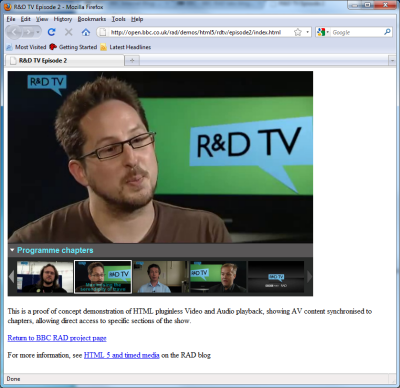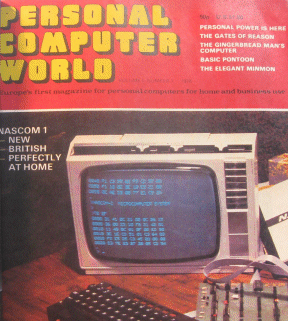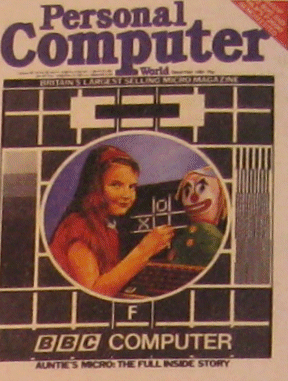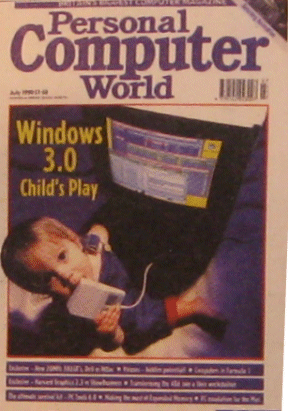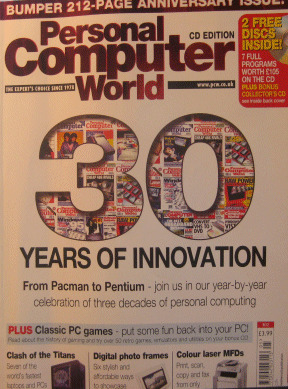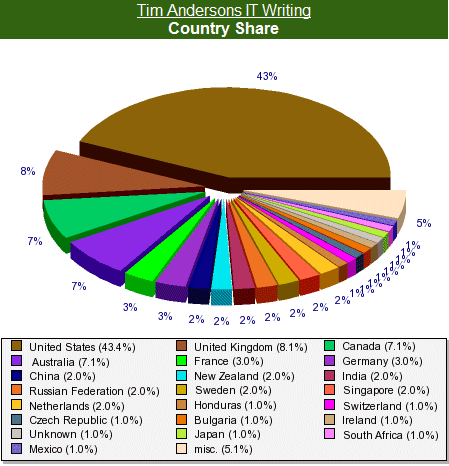The UK’s public broadcasting company the BBC is in the spotlight, thanks to a new strategy review and ensuing discussion. I have only just read it, because of other work, but I think it is significant. The BBC’s Director-General Mark Thompson says:
Clearly the BBC needs the space to evolve as audiences and technologies develop, but it must be far more explicit than it has been in the past about what it will not do. Its commercial activity should help fund and actively support the BBC’s public mission, and never distort or supplant that mission.
Where actual or potential market impact outweighs public value, the BBC should leave space clear for others. The BBC should not attempt to do everything. It must listen to legitimate concerns from commercial media players more carefully than it has in the past and act sooner to meet them. It needs the confidence and clarity to stop as well as to start doing things.
Why such negativity? The essence of the problem is that the BBC has been too successful for some. Commercial broadcasters and web sites have to compete with an organisation that is publically funded, and complain that it is unfair competition. The BBC demonstrates the effectiveness of the subscription model, especially when that subscription is all-but compulsory. In the UK, you have to pay the licence fee if you have equipment capable of receiving its TV broadcasts.
My main interest is in the BBC website. It is one I use constantly, and I do not think there is anything like it in the world. It offers comprehensive news, features and comment, on a site that is fast and resilient, and without the irritation of advertising. For example, if I want to know the latest state of play in financial markets, I head straight to the BBC’s Market Data page.
The absence of advertising has several benefits. First, it increases confidence in the neutrality of the site. Second, it improves performance – I’m aware that my own blog is slowed down by ad scripts, for example, and I’m not happy about it; but I’m also trying to make business sense out of running the site. Third, it improves usability in other ways, with less distraction and increased space for content. Note though that the BBC site does carry advertising when viewed from non-UK locations.
The BBC web site is an enormous success, the 44th most visited in the world according to Alexa, and the top news site (cnn.com is next at 61) unless you count Yahoo, which is something different to my mind.
So what do you do with a world leader? Cut it, apparently. The report talks about “focusing” the BBC web site by:
- Halving the number of sections on the site and improving its quality by closing lower-performing sites and consolidating the rest
- Spending 25% less on the site per year by 2013
- Turning the site into a window on the web by providing at least one external link on every page and doubling monthly ‘click-throughs’ to external sites
This is made more explicit later in the report:
- To help ensure that this refocusing takes place, the BBC will spend 25% less on BBC Online by 2013, with a corresponding reduction in staffing levels
- The number of sections on the site (its ‘top-level directories’, in the form bbc.co.uk/sitename) will be halved by 2012, with many sites closed and others consolidated
- New investment will be in pursuit of the five content priorities only, and there will be far fewer bespoke programme websites
- BBC Online will be transformed into a window on the web with, by 2012, an external link on every page and at least double the current rate of ‘click-throughs’ to external sites.
There is an even more explicit section on BBC Online further down (pages 36-37) – the report seems to say the same thing several times with more detail on each iteration – but I won’t quote it all here. I will note that the sections identified for removal are not ones that matter to me, with the possible exception of local news:
Restricting local sites in England to news, sport, weather, travel and local knowledge (where ‘local knowledge’ means supporting BBC initiatives such as Coast and A History of the World in 100 Objects where there is local relevance, but not general feature content)
I do understand the problem here. Consider, for example, UK newspaper sites like the excellent guardian.co.uk – disclaimer – there are a few of my own contributions there. Such sites do not really make money, because they depend on synergy with print media that is in decline, not least because of advertisers turning to the web. There is a big debate in the media industry about whether to charge subscriptions for sites like these, as the New York Times has done, and will do again. However, the existence and quality of the BBC’s free site significantly impairs the prospects for subscriptions to UK newspaper sites.
This, I presume, is why the BBC intends to increase the number of external links; a small compensation for its unfair advantage.
Nevertheless, I think the BBC is mad to consider reducing its online investment. It is against the trend; the web is rising in importance, and traditional broadcasting decreasing. It is bad for the UK, for which the BBC is excellent PR and a genuine service to the world. It is bad for subscribers such as myself, enforced or not, who want the online service to get better, not worse.
Rather than cutting back on the BBC’s most strategic services, I’d favour looking again at the way the BBC is funded and what happens to the licence fee, which is an anomaly. I don’t see any reason in principle why it should not be shared with other organisations that are serving the public interest in news and media.
![image26[1] image26[1]](http://www.itwriting.com/blog/wp-content/uploads/2010/06/image261_thumb1.png)

